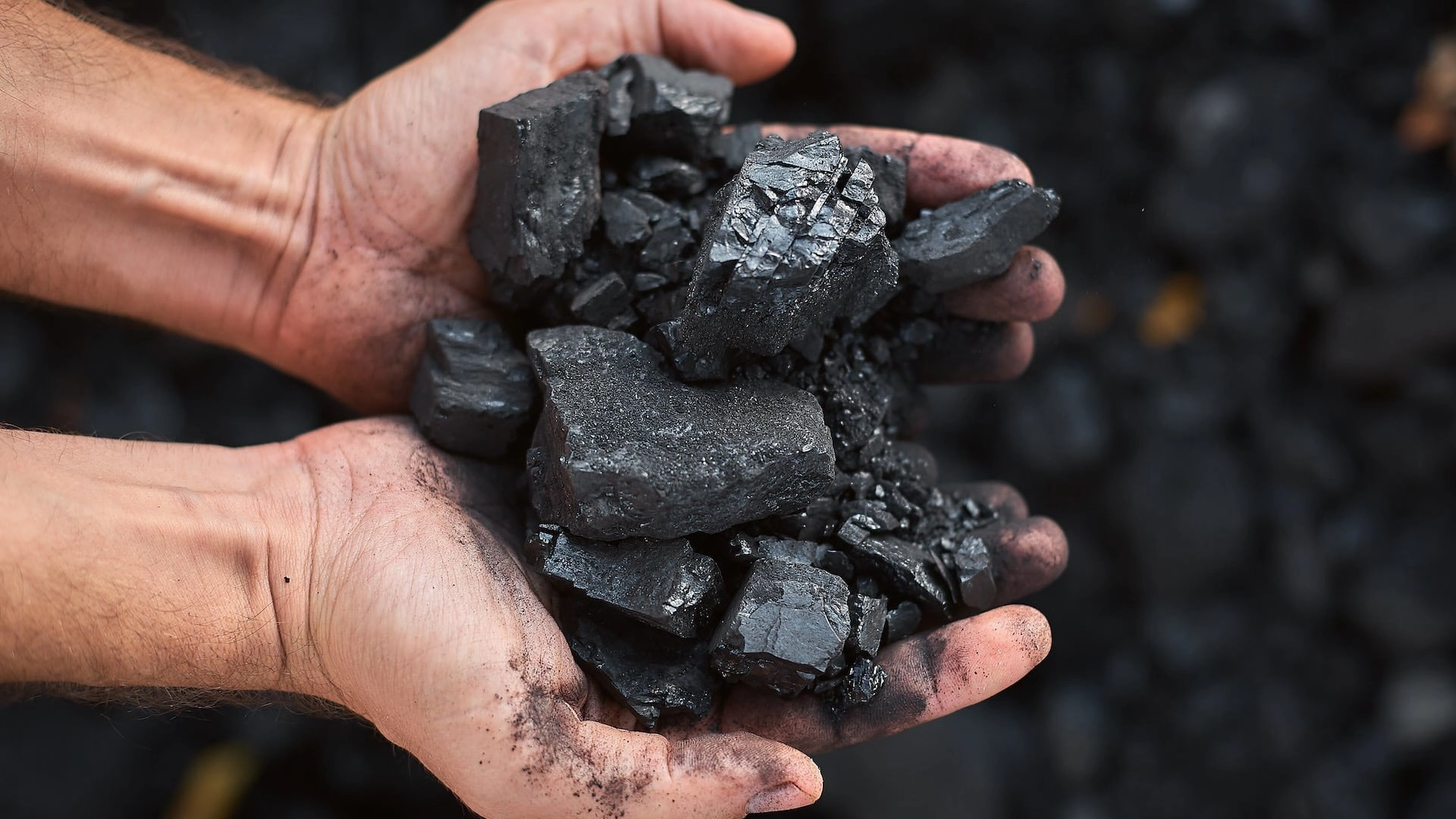
What is conventional energy?
Conventional energy sources refer to the traditional, non-renewable resources that have been widely used for centuries to meet our energy needs. These resources are extracted using well-established production methods and are typically derived from ancient fossilized organic matter. Unlike unconventional resources, conventional energy sources are finite, meaning they are not naturally replenished within a human timescale. Let's explore the characteristics of both traditional and unconventional energy sources to grasp their significance in our energy landscape.
Conventional energy sources
- Crude oil: The primary source of gasoline and petroleum products, obtained through drilling and pumping from underground reservoirs.
- Coal: Mined from the Earth's crust and used predominantly in power generation and industrial processes.
- Natural gas: Extracted from underground reservoirs through naturally occurring pressure or pumping mechanisms.

Unconventional reservoirs
- Shale gas: Trapped within shale rock formations and requires advanced technologies like hydraulic fracturing (fracking) to unlock the gas reserves.
- Tight gas: Found in low-permeability rock formations, necessitating horizontal drilling and hydraulic fracturing for efficient extraction.
- Coal bed methane: Methane gas adsorbed onto coal particles, demanding specialized techniques to release the gas.
Conventional vs. unconventional gas and oil production
Conventional gas and oil production follows well-established techniques involving standard drilling methods. As long as pressure remains adequate, these resources can flow naturally to the surface. On the other hand, unconventional resources require advanced technologies to extract trapped energy reserves. Hydraulic fracturing, commonly known as fracking, plays a pivotal role in unlocking shale gas, tight gas, and coal bed methane. Fracking involves injecting a high-pressure mixture of water, sand, and chemicals into rock formations to release the trapped gas or oil.
Gas and oil drilling and fracking
Conventional gas and oil drilling usually involve vertical wells drilled into the reservoirs. In contrast, unconventional resources require horizontal drilling, which allows access to a larger area within the reservoir. Once the well is drilled, hydraulic fracturing is employed to create fractures in the rock formation, enabling the hydrocarbons to flow and be collected.
Conclusion
In conclusion, the differentiation between conventional and unconventional resources lies in their production methods and energy source types. Conventional energy sources, such as oil, coal, and natural gas, are non-renewable and derived from ancient organic materials. Conversely, unconventional resources like shale gas and tight gas require innovative technologies like hydraulic fracturing to unlock their vast potential. As we continue to face energy challenges and environmental concerns, it is essential to understand the distinctions between these energy sources and promote sustainable practices for our future energy needs.
